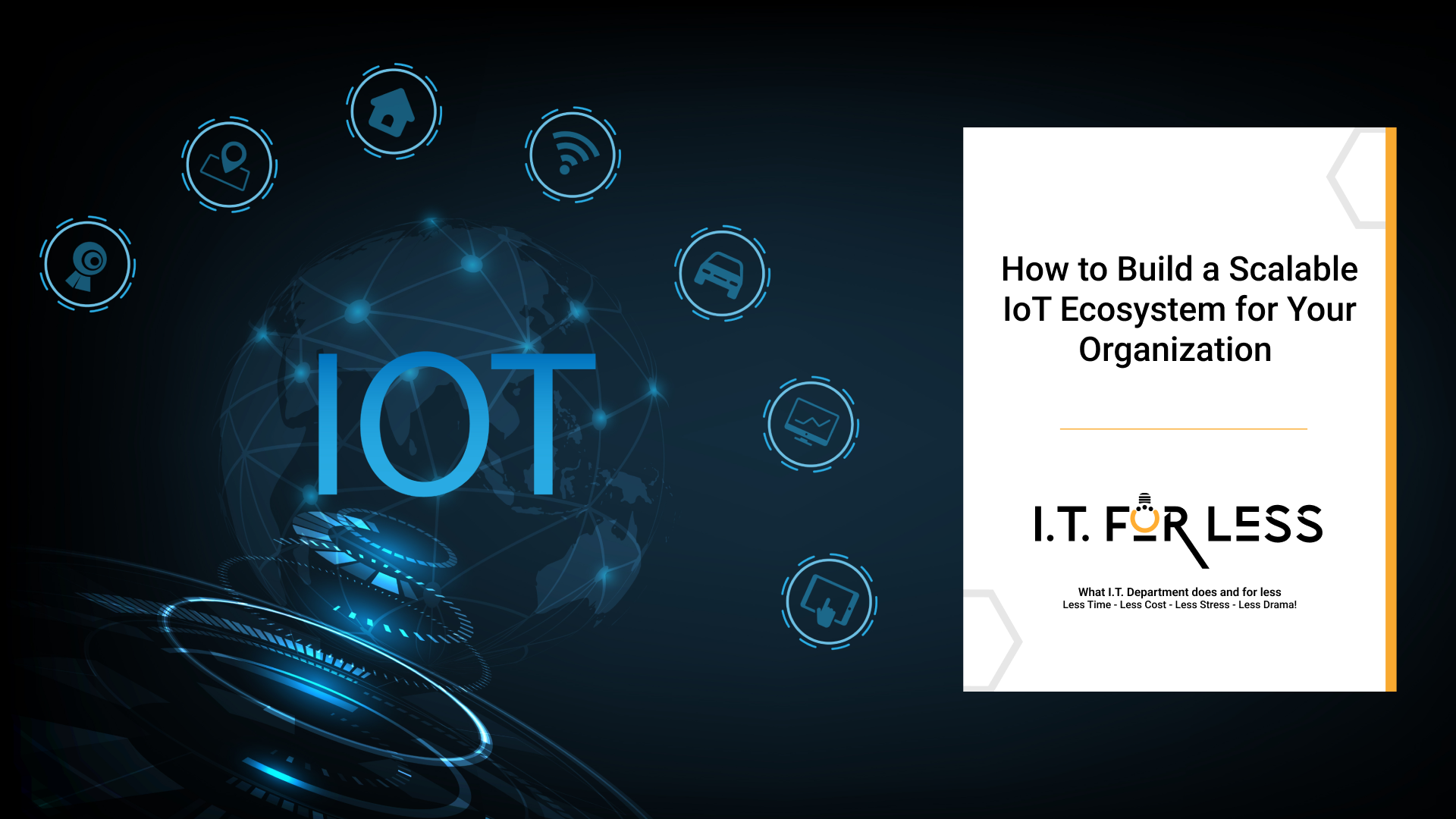The Internet of Things (IoT) has evolved from a buzzword into a critical enabler of digital transformation. From smart factories to connected healthcare systems and intelligent retail operations, IoT allows organizations to gather, analyze, and act on data in real time.
But to unlock its full potential, businesses must do more than deploy devices — they need to build a scalable IoT ecosystem that grows with their needs, integrates securely, and delivers measurable business value.
1. Define Clear Business Objectives
Before investing in sensors, platforms, or networks, define what IoT should achieve for your organization. Is your goal operational efficiency, cost reduction, predictive maintenance, or customer experience enhancement?
A clear vision helps you determine the right technologies, data models, and scalability requirements from the start — avoiding costly redesigns later.
2. Choose an Architecture That Supports Growth
Scalability begins with architecture. A modern IoT ecosystem includes:
- Devices & Sensors: Gather real-time data from assets, environments, or customers.
- Connectivity Layer: Use reliable, low-latency networks like 5G, Wi-Fi 6, or LPWAN.
- Edge Computing: Process time-sensitive data locally for faster decisions.
- Cloud Integration: Store, analyze, and visualize insights across the enterprise.
A hybrid edge-cloud architecture ensures flexibility — handling both local workloads and large-scale analytics.
3. Prioritize Security and Compliance
As the number of connected devices grows, so does the attack surface. Implement end-to-end IoT security with device authentication, encrypted communication, and continuous monitoring.
Regular audits and compliance with standards such as ISO 27001, GDPR, or NIST IoT Framework will keep your ecosystem trustworthy and resilient.
4. Standardize Data Management and Integration
IoT systems generate massive amounts of unstructured data. Adopt a data governance strategy to standardize formats, define ownership, and integrate IoT data with existing business systems (ERP, CRM, analytics tools).
Using APIs and middleware platforms can simplify interoperability and make scaling much smoother.
5. Use AI and Analytics to Drive Insights
Data alone is not value — insight is. Machine learning and AI-driven analytics can detect anomalies, forecast demand, and automate actions.
For example, predictive models can alert maintenance teams before equipment fails, or optimize energy use across facilities in real time.
6. Plan for Continuous Evolution
Technology evolves quickly. Keep your IoT ecosystem adaptable with modular components, open APIs, and regular firmware updates. Partnering with scalable cloud and edge providers allows you to expand capacity without major reinvestments.
Conclusion
Building a scalable IoT ecosystem isn’t just a technical project — it’s a long-term business strategy. Organizations that design for flexibility, security, and data-driven intelligence today will be best positioned to lead in tomorrow’s connected economy.
Partner with I.T. For Less today and take the first step toward building an IoT strategy that keeps your business connected, secure, and ready for the future.
